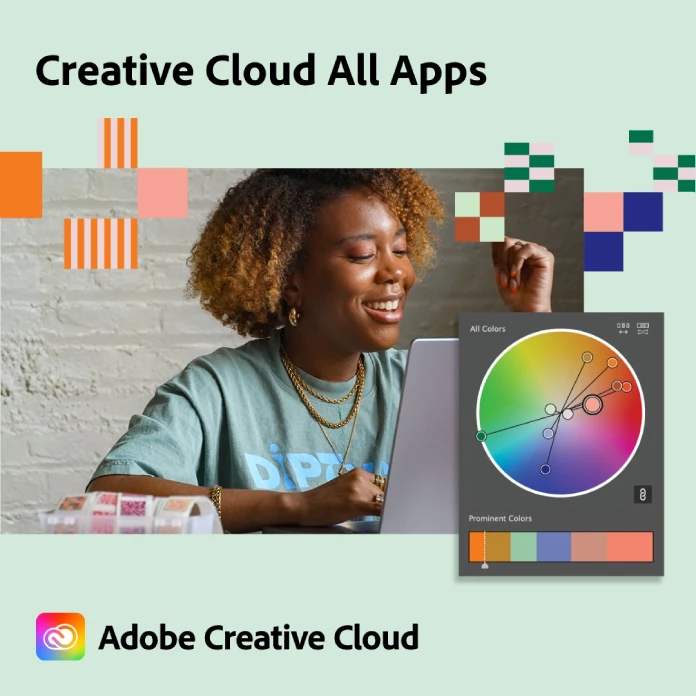Ever found yourself staring at a beautifully designed website, a striking poster, or even just a well-laid-out magazine and thought, “Wow, how did they do that?” I mean, seriously, it’s like they’re speaking a secret language of shapes, colors, and text. And let’s be honest, sometimes trying to understand the technical terms designers throw around can feel like trying to decipher ancient hieroglyphs, right? You hear words like “kerning,” “leading,” “CMYK,” and your head starts to spin a little. Believe me, I’ve been there too. We all have that moment of “Wait, what does that even mean?”
It’s funny, isn’t it? We’re surrounded by design all the time, yet we don’t often think about the technical magic happening behind the scenes. We appreciate the end result – the cool logo, the easy-to-read webpage, the eye-catching advertisement – but the intricate steps involved, the decisions, and the specific terminology used often remain a mystery. I think that’s a little bit of a shame because once you start to understand the vocabulary, and the why behind the design choices, it’s like suddenly seeing the world in high definition. It’s like getting a secret decoder ring for the visual world.
And that’s exactly what we’re going to do today. We’re going to pull back the curtain on those confusing design terms, the words that you might have seen on a design forum or heard in a casual conversation and thought “huh?”. I’ve gathered 20 of the most important graphic design terms, explained in a way that’s not just technical but actually makes sense. Think of it as a friendly chat between design buddies. We’ll keep it casual, we’ll keep it real, and I promise, by the end of this, you’ll be able to navigate the world of design with a whole new level of confidence and understanding. You’ll be able to ask better questions, offer insightful feedback, and maybe even start to implement some of these concepts into your projects.
So, are you ready to demystify the design world with me? Let’s dive in (okay, I know I said no “dive-in” but just this one time… and I’m using it ironically!) and start unraveling these design secrets!
Let’s Talk Layout & Composition
First, let’s talk about how things are arranged. How does a designer organize content?
- Grid System: Imagine a super organized spreadsheet, but for design. It’s a structure of lines. It helps keep everything aligned. Does your eye feel at peace when things are orderly? That’s the grid at work.
- Whitespace (or Negative Space): It’s not empty space; it’s powerful. It’s the area around your design elements. Think of it like a breathing room. Have you ever felt claustrophobic on a busy website? Too little whitespace is why.
- Hierarchy: Did you notice how some words grab your attention more than others? That’s visual hierarchy. Size, color, and placement create it. It’s about guiding your eye. Where do you look first on a page?
- Leading: That’s the space between lines of text. It’s like giving words room to breathe. Too little? Text gets crammed. Too much? It feels disconnected. Does the spacing feel just right to you?
- Kerning: Now, it’s time to look closer, at individual letters. Kerning adjusts the space between specific characters. It’s about balance. Does the space between the ‘A’ and ‘W’ look too tight? Kerning would help.
- Tracking: Okay, this one’s similar but affects whole blocks of text instead of individual pairs. It changes letter spacing across entire words or sentences. Ever feel like text looks too airy or too dense? That’s tracking.
Typography: More Than Just Words
Now let’s geek out about fonts and text:
- Font vs. Typeface: Confusing, right? A typeface is like the font family (e.g., “Helvetica”). The font is a specific style, size, and weight (“Helvetica Bold 12pt”). So, do you see the difference now?
- Serif vs. Sans-Serif: Serif fonts have those little “feet” at the ends of letters, like Times New Roman. Sans-serif fonts are clean and simple (Arial or Helvetica). Which do you prefer?
- X-Height: It’s the height of the lowercase ‘x.’ It impacts readability, affecting how tall letters feel. Have you noticed that different fonts of the same size can look taller or shorter? X-height plays a big role.
Let’s Talk Color
Color. It’s more than just pretty. It’s powerful.
- CMYK: It’s what we use for printing. Cyan, Magenta, Yellow, and Key (Black). Ever wondered why a printed piece looks slightly different from your screen? It’s because of CMYK vs. RGB.
- RGB: This is the color model for screens. Red, Green, and Blue combine to create all the colors you see on digital displays. Do you see how those three basic colors create all kinds of shades?
- Color Palette: It’s a group of colors. Designers pick a palette that fits the mood of the project. Does a specific color palette make you think of a particular brand?
- Hue, Saturation, and Brightness: These are the components of color. Hue is the basic color (red, blue, etc.). Saturation is intensity. Brightness is light or dark. Do you feel how the colors change when you change their saturation and brightness?
Images & Graphics: Making It Visual
Let’s see how images and graphics work:
- Resolution: Think of it like pixel density. Higher resolution means more detail. Have you seen a blurry image that feels “pixelated”? That’s low resolution.
- Vector vs. Raster Graphics: Vector images are based on paths and formulas. They can scale up infinitely without loss. Logos are often vectors. Raster images use pixels (like photographs) and lose clarity when scaled up. Do you know what format is ideal to use on websites?
- Bleed: Imagine ink running past the edge of a printed page. Bleed ensures no white borders after cutting. It’s like a safety net. Have you seen a flyer where the color ends at the very edge? Bleed makes it possible.
- Masking: It hides parts of an image, like putting a stencil on it. This lets you layer images creatively. Does masking sound like an effective and interesting technique?
Design Principles and the Process
Let’s cover a few fundamentals:
- Gestalt Principles: These describe how our brain organizes visual information. Things that are close or similar we see as one. Does a group of dots look like a bigger shape? That’s Gestalt.
- Mockup: A realistic representation of a design. It’s shown in its final context. Like seeing a website on a phone screen. Do you see how important it is to see design in its final context before production?
- Wireframe: It’s a simple, basic layout. No styling, just the structure. This is like the blueprint of a website or app. Have you ever seen those basic website drawings before design? That’s a wireframe.
So, there you have it. 20 essential graphic design terms. Now, you have a better grasp of the “secret language” of design. Did it feel easier to grasp some of these design principles after reading? Remember, these aren’t just technical terms; they’re the building blocks of great visual communication. Keep learning and keep creating. You got this!
Feel free to browse WE AND THE COLOR’s Graphic Design section for more. Header image by rh2010 (via Adobe Stock).
Subscribe to our newsletter!








